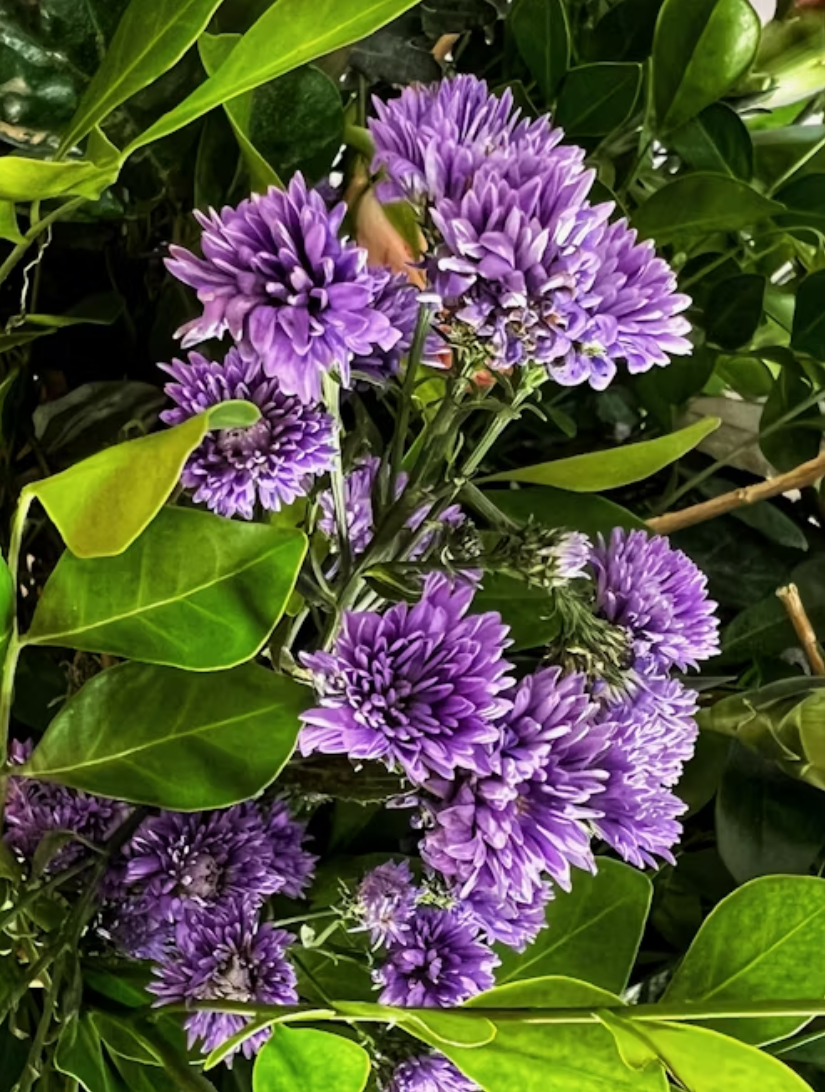
Clover Lawns, Living Fences & Rain-Wise Planting: Eco-Smart Trends for 2025
Share
Clover Lawns, Living Fences & Rain-Wise Planting: Eco-Smart Trends for 2025
Gardens across the U.S. are turning greener in more ways than one. Homeowners are rethinking traditional lawns, rigid fences, and thirsty flowerbeds. Instead, they’re embracing clover lawns, living fences, and rain-wise planting — three easy ideas that make any yard more sustainable, affordable, and alive.
1. The Rise of Clover Lawns
Perfectly manicured lawns are out; soft, bee-friendly clover is in. Clover lawns stay green with little watering, need almost no fertilizer, and invite pollinators back into the garden.
To start:
-
Replace part of your turf with white or micro-clover seed.
-
Mow less frequently (once every 3–4 weeks).
-
Mix in native wildflower seed for extra color and biodiversity.
The result is a lush, resilient lawn that feels good underfoot and supports local ecosystems — all while cutting your weekend maintenance in half.
2. Living Fences That Breathe
Why hide your yard behind a blank wall when you can create a living boundary that grows and evolves? A living fence — made of shrubs, trees, and layered perennials — softens property lines while filtering wind and noise.
Try this approach:
-
Combine evergreen shrubs for structure with flowering natives for color.
-
Add pollinator-friendly underplanting (lavender, salvia, bee balm).
-
Keep it layered: tall backbone plants in the back, medium fillers, then groundcovers up front.
Over time, your “fence” becomes a living ecosystem — changing with the seasons, buzzing with life, and requiring far less upkeep than paint or repairs.
3. Rain-Wise Planting for Modern Yards
With shifting climates, smart watering is the new must-have skill. Rain-wise planting uses strategic design to absorb, filter, and retain rainfall naturally. Think swales, native grasses, and deep-rooted perennials that handle both wet and dry spells.
Rain-wise basics:
-
Grade your soil slightly to direct water to planted areas.
-
Choose plants that tolerate both drought and short-term saturation (switchgrass, coneflower, black-eyed Susan).
-
Mulch 2–3 inches deep to conserve moisture and prevent runoff.
Bonus: rain-wise beds look beautiful — dense, textured, and vibrant — while helping your garden stay healthy through every season.
Why U.S. Homeowners Love These Trends
-
Less upkeep: Fewer hours mowing and watering.
-
Lower costs: Reduced water and fertilizer bills.
-
More life: Butterflies, bees, and birds return.
-
Better aesthetics: Soft, layered designs replace sterile symmetry.
These trends resonate with modern homeowners aged 20–50 who want stylish, sustainable yards that reflect their values — not just curb appeal.
